 0
0
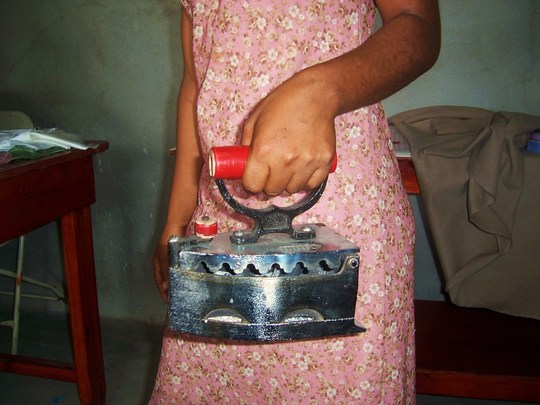
Quilting in Haiti
by Jo Van Loo
When was the last time you walked into your studio to work and had to remember to fire up the charcoal stove in order to have the iron ready to press fabric for your project? Many of us may remember our mother or grandmother working in this time consuming and dangerous fashion. But, most of us today have the luxury of electric irons, sewing machines and other handy tools to create our quilting projects.
While at the Houston Quilt Festival TQS met Jo Van Loo as she was preparing for a teaching trip to Haiti with Peacequilts, a development project that provides work with dignity to impoverished women. We asked her to share with you her journal of the trip and the women she met while in Haiti.
Day One:
Although I've traveled to many third world countries, arriving in Haiti yesterday was an experience unlike any other I've had. There was a crush of porters and beggars who swarmed about us the moment we stepped out of the airport terminal. Here in the poorest country in our hemisphere, it's abundantly clear that life is an achingly difficult struggle.
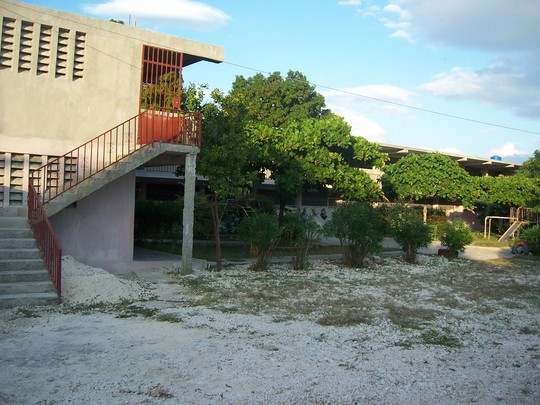
After a hot, dusty, noisy 45-minute drive through the capitol of Port-au-Prince, our group of seven Americans arrived at a little oasis of green just outside the city in the town of Lilavois. This is the location of Artisanat Patchwork de Paix (Peacequilts Cooperative). It is situated within a school compound run by a teaching order of indigenous Haitian Sisters, the Daughters of Mary Queen Immaculate. They have nine other schools located throughout Haiti. Each location has a training school for young women, teaching them sewing and cooking skills in addition to academics. The Peacequilts Cooperative is a model program which will be replicated at the other schools, and provides an incentive for students to aspire to membership after graduation.
Upon our arrival, the women of the cooperative greeted us enthusiastically, eage to show us what they had been working on. A welcome sign and streamers decorated the workspace, giving us a warm welcome. They soon began to pull out a colorful array of quilts they were in the process of completing, each one unique and beautifully decorated with Haitian imagery.
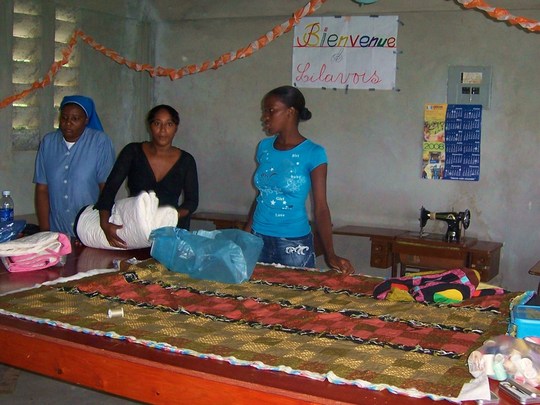
We will waste no time in getting started with the workshop first thing tomorrow morning. I'm really looking forward to it!
Day Two:
I'm here with the project's director, Jeanne Staples, and the quilting coordinator, Maureen Matthews McClintock. My role is to present a workshop teaching the fundamentals of crazy quilting, an approach which will allow them to utilize every scrap of fabric available. Fabric is scarce and expensive. Haitians wear their clothing until there's virtually nothing left, so all of the materials and most of their equipment must be brought from the United States (see before and after "stash" photos)

"Stash before group arrival"
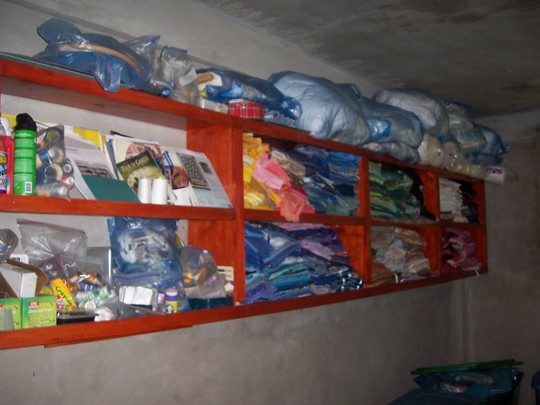
"Stash after group arrival"
Since there is no electricity, treadle machines and charcoal irons are used. The women arrive each day at 8 AM and work until about 1 PM. There is a very professional atmosphere with established procedures for sign-in, set-up, organization and clean-up. As the women began to work, I noticed that they chatted amiably, and didn't hesitate to help each other.
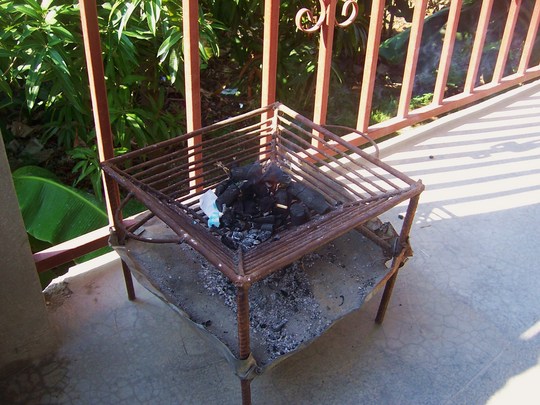
Charcoal used to heat the irons
Day Three:
On the third day we were in Haiti, I taught the women how to make a crazy quilt block. We attached the pieces by hand on a foundation of muslin. The women selected their palette and learned quickly hot to create a crazy quilt block. They then very proudly showed off their handiwork.

"Crazy Patch" Workshop
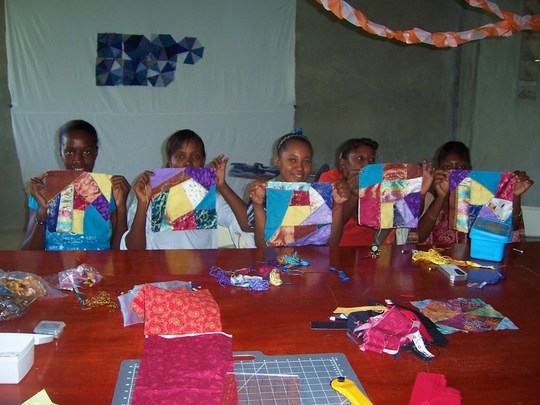
Showing off handiwork
Sincerely,
Jo Van Loo
To learn more about the Peacequilt project and how you can help visit their website here.
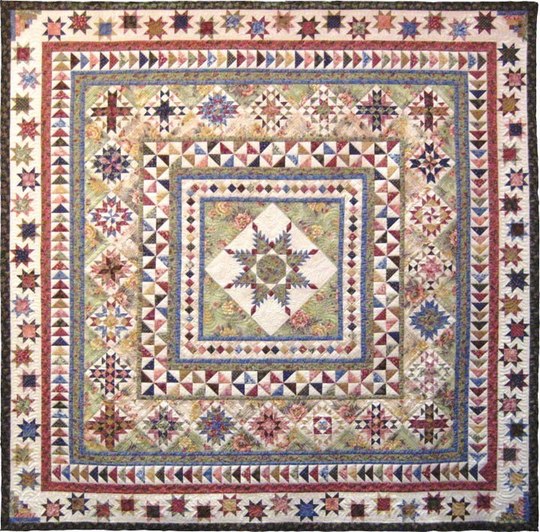



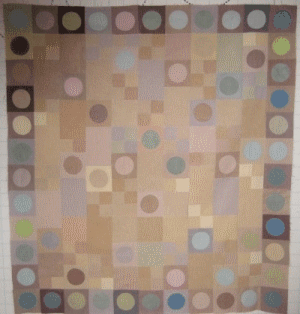

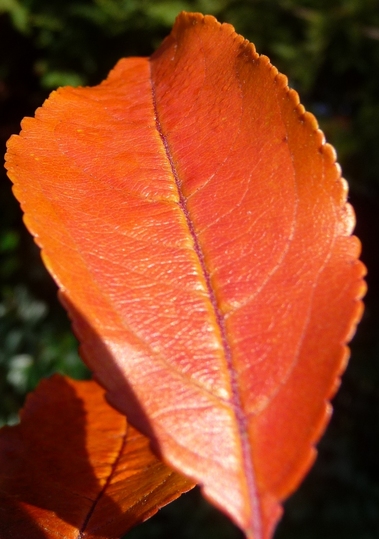
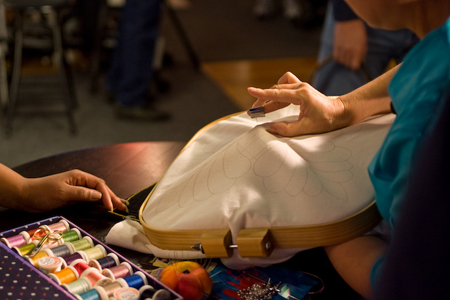
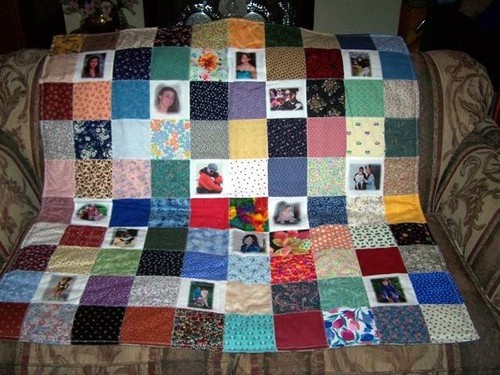
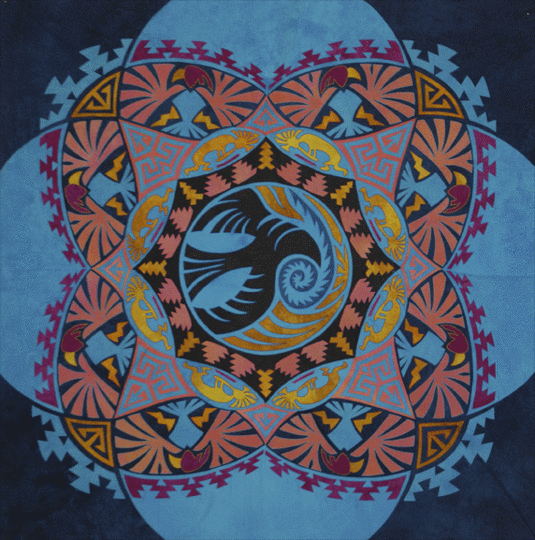









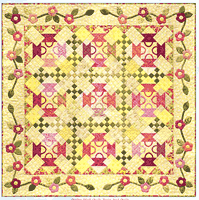


.jpg)


